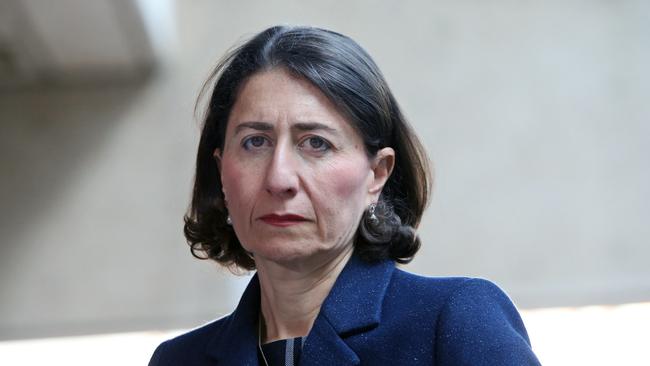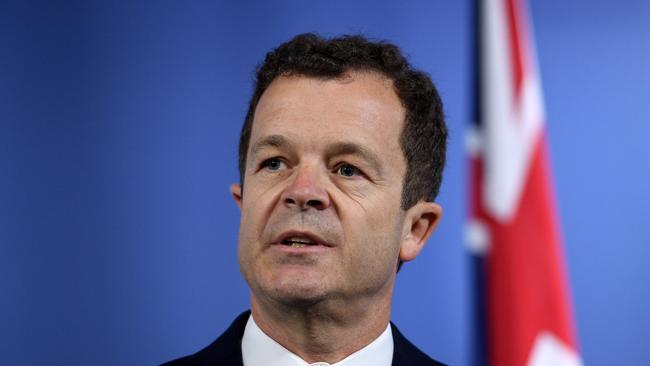Prisoner cells to be bugged under new anti-terror laws in NSW
Law enforcement officials will soon have the power to use surveillance devices in jail cells under new laws announced by NSW Premier Gladys Berejiklian to prevent terrorism.
- Sydney schoolchildren threaten to behead teachers
- Terror suspect the first person on new supervision order
Prisoners will come under closer scrutiny under new state laws to prevent terrorist attacks, the Berejiklian Government has announced.
Law enforcement officials will be allowed to use surveillance devices in inmate’s cells to gather evidence if the prisoner “poses an unacceptable risk of committing a terrorist offence” at the end of their sentence.
The evidence could be used to keep offenders behind bars or under heavy supervision, Premier Gladys Berejiklian said.

MORE NEWS
Liberals in factional war over ‘record tampering’
Mum jailed for starting fires on way to school
“NSW already has the toughest counter-terror laws in the nation and we will continue to work hard to strengthen our defences against the evolving threat of terrorism,” she said. “We are stepping up our surveillance of inmates.”
Expressing her condolences for the victims of terrorism in Melbourne last Friday, Ms Berejiklian said the incident was a “sobering reminder” of the lone-wolf how terrorism could be a threat to everyone.
“The NSW Police force are working around the clock to keep all of us safe,” she said.

The new laws introduced into the NSW Parliament will also empower the government to apply to the NSW Supreme Court to protect intelligence provided by intelligence agencies by limiting the access of offenders who may pose a terrorist risk, and their legal representatives, to that intelligence.
“These important reforms introduce extraordinary powers which can be exercised by the Supreme Court — with appropriate safeguards — to help keep the community safe,” Attorney-General Mark Speakman said.
“These reforms also ensure that our laws retain the flexibility required to protect the community against the state’s most dangerous offenders, including terrorists, high risk sex offenders and high risk violence offenders.”



